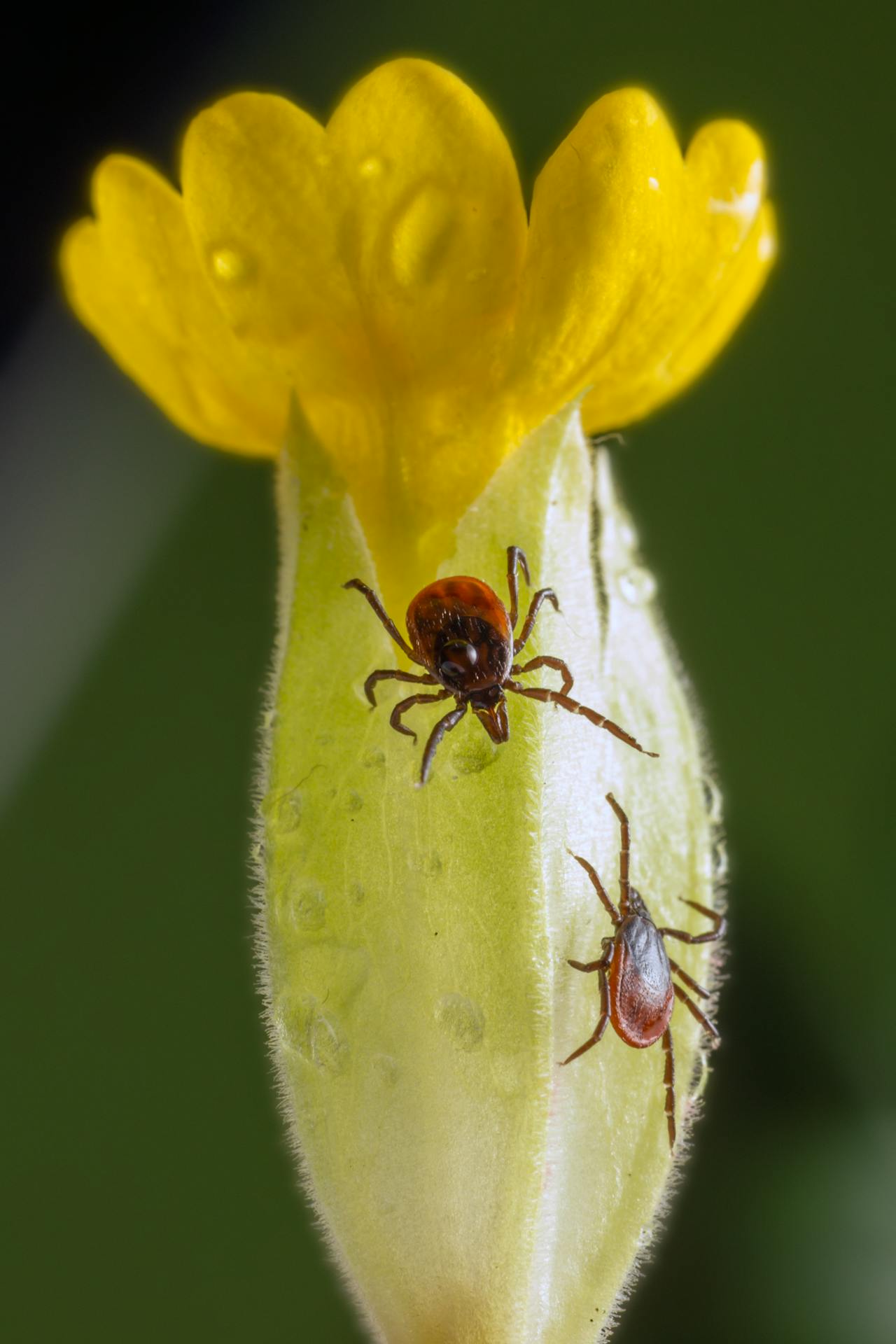Ticks Are Gross but Manageable: A No-Nonsense Guide for Not Getting Bit (or Sick)
Whether you’re hiking, gardening, or just daring to have legs in tall grass, ticks are increasingly part of life in the U.S. Thanks to climate change, they’re showing up in more states, more seasons, and more places than ever.
If you’re not used to dealing with them (or if the idea of tiny bloodsucking spider-creatures makes your skin crawl), here’s what you need to know and how to keep your body bite-free.
Know where ticks hang out (and how to not be lunch)
Ticks don’t fly or jump. They lurk in tall grass, leaf piles, brush, and shady wooded areas, just waiting for you to brush by.
- Stay on trails. Don’t plow through brush like a deer.
- Tuck pants into socks. Yes, it looks weird. No, you don’t have to post photos.
- Use repellent – spray clothes and exposed skin.
Bonus tip: Light-colored clothes make it easier to spot ticks before they crawl somewhere private.
Do a tick check. Every. Single. Time.
Ticks love warm, moist, hidden spots. (Don’t we all?)
- Check armpits, groin, waistband, backs of knees, hairline, behind ears.
- Use a mirror or ask someone you love/trust/beg to help.
- Showering within 2 hours of being outdoors can help wash off unattached ticks.
Got pets? Check them too! Especially around ears, neck, and paws.
Found One? Don’t panic, just remove it right
If you find a tick latched on, here’s what to do (and not do):
- Use fine-tipped tweezers, grab it as close to the skin as possible, and pull straight out. Slow and steady.
- Don’t twist, burn it, smother it in Vaseline, or yell at it. Those methods don’t help and might make it worse.
- Clean the bite with soap and water, and don’t crush the tick with your fingers. Put it in a baggie or jar to ID it later along with the date.
Watch the bite for rash, swelling, or flu-like symptoms over the next few days. If something feels off, seek medical help ASAP as some tick-borne diseases move fast.
3 Takeaways
- Avoid ticks by sticking to clear paths, using repellent, and dressing like someone who knows what a tick is.
- Do a full-body tick check every time you’ve been outdoors. Especially in grassy, wooded, or brushy areas.
- Remove attached ticks carefully with tweezers, and monitor the bite site for signs of infection or illness.
Feature image courtesy Erik Karits/Pexels






